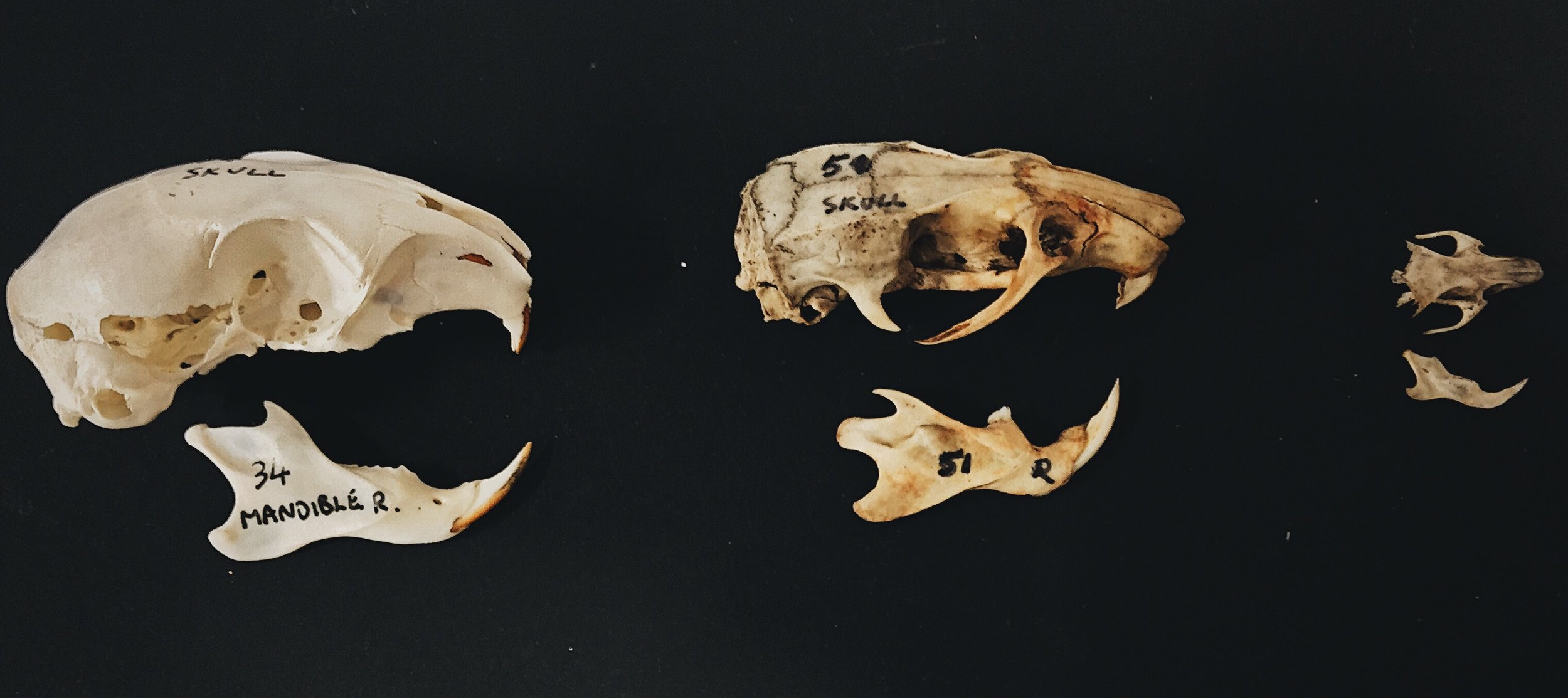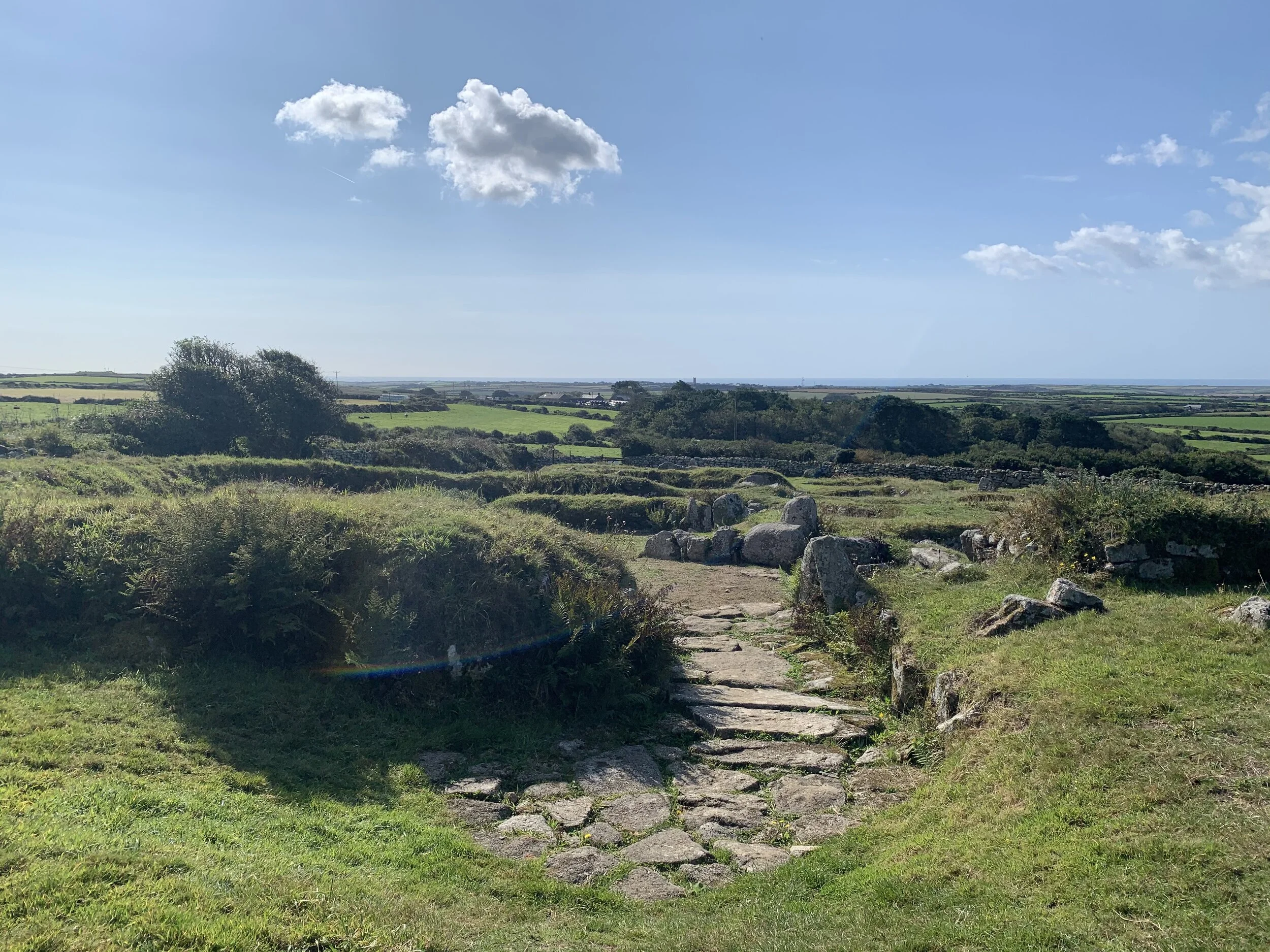Welcome to episode one of a miniseries focusing on the zooarchaeology of various world regions. This episode is centred around European zooarchaeology, focusing on the natural history and anatomy of the most prominent wild and domesticated species. Tune in for curious animal introductions, waterfowl collections and musings on Pliny the Elder.
Connect with James on Twitter: @paleoimaging
Transcripts
Links
Bartosiewicz, L. (2005). Worked elk (Alces alces L. 1758) antler from Central Europe. From Hooves to Horns, from Mollusc to Mammoth—Manufacture and Use of Bone Artefacts from Prehistoric Times to the Present. Tallin: Tallinn Book Printers Ltd, 339-50.
O'Regan, H.J. (2018), The presence of the brown bear Ursus arctos in Holocene Britain: a review of the evidence. Mam Rev, 48: 229-244. https://doi.org/10.1111/mam.12127
Pate, F., Henneberg, R., & Henneberg, M. (2016). Stable carbon and nitrogen isotope evidence for dietary variability at ancient Pompeii, Italy. Mediterranean Archaeology and Archaeometry, 16(1), 127-133.
- Richter, J. (2005). Selective hunting of pine marten, Martes martes, in Late Mesolithic Denmark. Journal of archaeological science, 32(8), 1223-1231.
Robinson, M.A., Domestic burnt offerings and sacrifices at Roman and Pre-Roman Pompeii, Italy. Vegetation History and Archaeobotany 11, 93-9. (2002)
Wigh, B. (1998) Animal bones from the Viking town of Birka, Sweden. In E. Cameron (ed.) Leather and Fur: Aspects of Medieval Trade and Technology, 81–90. London, Archetype Publications Ltd
Contact
Alex FitzpatrickTwitter: @archaeologyfitz
Simona FalangaTwitter: @CrazyBoneLady
Alex’s Blog: Animal Archaeology
Music "Coconut - (dyalla remix)" https://www.youtube.com/watch?v=_2UiKoouqaY













